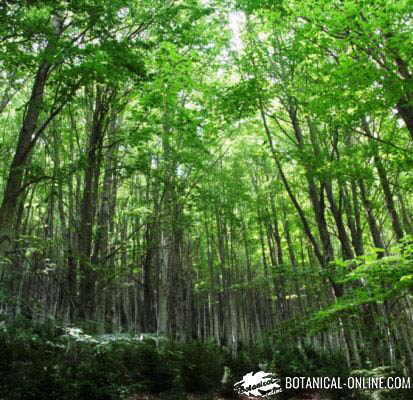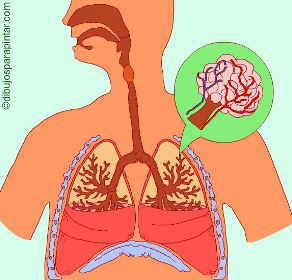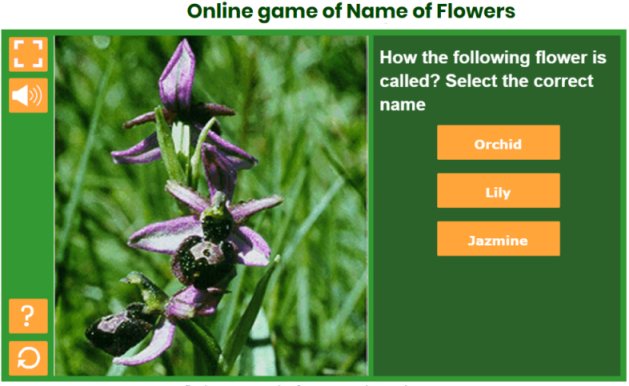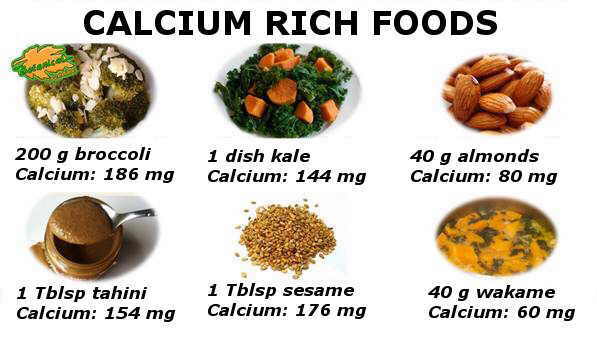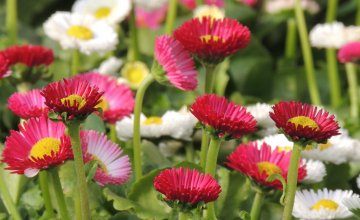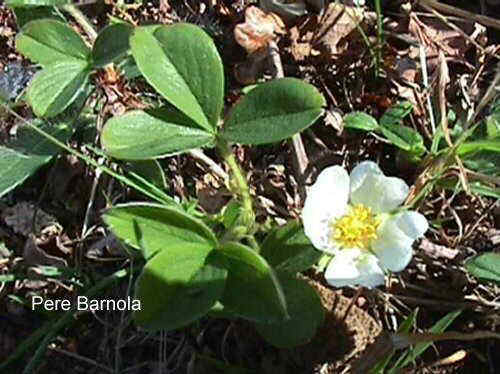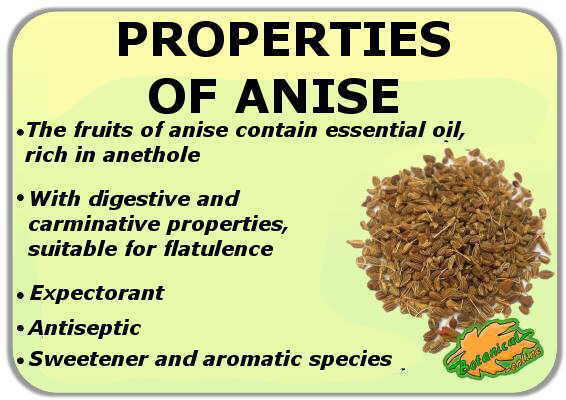Contents
Herbal remedies for eczema
How to cure eczema with natural products
The primary role of phytotherapy in the treatment of eczema involves using a number of plants with the following purposes:
- Depurative plants, able to get rid of body toxins.
- Emollient plants, that can sooth the skin and improve its condition. They are also able to reduce redness and skin itching
- Antibiotic plants, that can prevent or treat infection produced by scratching the itching area
Phytotherapy: Internal use depurative preparations for eczema
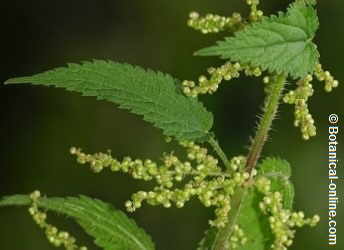
- Nettle: (Urtica dioica) (decoction of a handful of nettles per liter of water. Two or three cups a day.) (Eating nettles in vegetables, cooked with spinach. Take the desired quantity) (nettle juice)
- Borage (Borago officinalis) (Decoction for 10 minutes of 50 g of the dried plant in a liter of water. Three or four cups a day.)
- Sweet bay (Laurus nobilis) It favors liquid elimination of the body, being very interesting, not only for obesity treatment, but also in all those maladies which improve when water is drained from the body together with toxins, such as uric acid, gout, arthritis, rheumatism, eczema, etc. (Infusion of two leaves in a cup of water for 10 minutes, Take 4 cups a day)
- Vervain (Verbena officinalis) (Infusion of a half tablespoon of dried plant, wash the affected area).
- Heartsease (Viola tricolor) (infusion of 60 g of the dried plant per liter of water. 3 cups a day.)
- Speedwell (Veronica officinalis) (50 g of dried flowers per liter of water. 2 or 3 cups per day)
External use emollient or antibiotic preparations for eczema
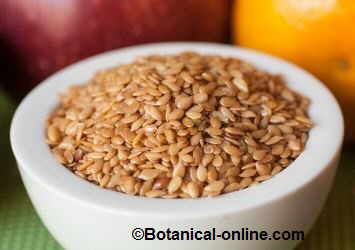
- Flax (Linum usitatissimum) In external use, one takes advantage of its demulcent properties (it softens and protects the irritated parts of the skin) It also has emollient properties (It softens the skin, forming a layer on it that impedes the evaporation of water)So, we can elaborate cataplasms with the flour of the seeds that will be suitable for the treatment of skin affections, as eczemas, swellings produced by blows or twists, maturation of furuncles, etc. (This is carried out stirring the flax flour with very hot water which will produce a thick dough. This is put in a gauze and applied on the affected area)
- Fucus: (Fucus vesiculosus) (Clean the affected area with the decoction of two tablespoons of dried plant per cup water)
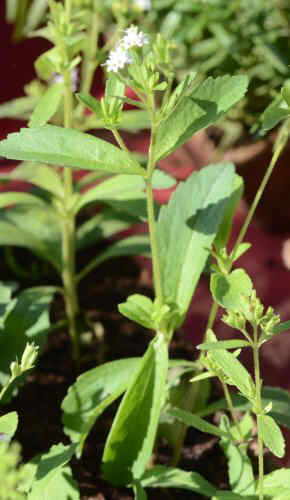
- Stevia (Stevia rebaudiana) Stevia has vulnerary, anti-inflammatory and antibacterial properties (Infusion of 1 tsp stevia per cup, apply the liquid on the affected part of the skin)
- Sweet bay (Laurus nobilis) (Marinate for 15 days, a handful of berries in 250 g. olive oil. Filter it and apply the resulting liquid with a gauze on the affected area.) (Pour some handfuls of dried leaves in hot water bath)
- Fenugreek: (Trigonella foenum-graecum) (50 grams of powder or crushed seeds in decoction with 250ml. water for 5 minutes. Drain the remaining water and apply the drained product to the desired area with a gauze. It is applied directly to wounds difficult to heal, chapped or irritated areas)
- Walnut (Juglans regia) Walnuts are very rich in juglone contained in the leaves and shucks of walnut fruits. Juglone is an astringent, anti fungicide and antiseptic substance which can be used as vulnerary and germicidal (10% infusion of dried leaves in a liter of water. Apply wet compresses on the affected area)
- Chicory (Cichorium intybus) (Poultice of fresh leaves on the affected area)
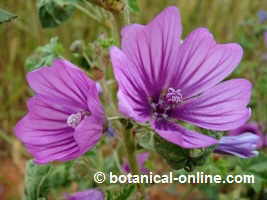
- Mallow (Malva sylvestris) (In case of eczema or pustules it is very convenient to apply a cold compress soaked into the decoction of a handful of dry leaves per liter of water)
- Arnica (Arnica montana) Arnica is a good remedy to relieve pain and prevent infection. (Wash the affected area with water resulting from the infusion of one teaspoon of dried plant per cup of water. Place a few drops of arnica tincture in a cup of water and clean the area very clean with a cloth.). Attention: In sensitive skins, it can cause injuries or allergic reaction to these components as large reddening, dermatitis, or even water-filled blisters on the skin. For this reason, it is recommended to apply it sparingly to the skin, especially if it is not known beforehand what reaction will occur. It should neither be applied for a long time and in open wounds.
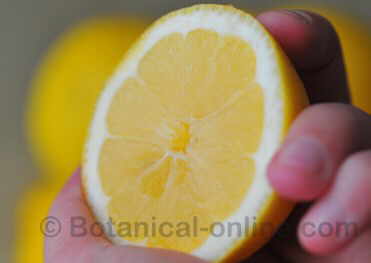
- Lemon (Citrus limonum) Lemon juice is very suitable to fight skin disorders, being one of the best astringents. A couple of daily applications on the skin help it to get rid of oily skin, skin spots, pimples, scabs, eczema, etc. Alpha- terpineol and ascorbic acid give this fruit vulnerary properties, very useful in healing wounds or scars, even insect stings (Use the juice or the essence diluted in water) (You can also apply a cataplasm with lemon juice and olive oil)
- Chamomile (Matricaria Chamomilla) Its content in mucilages confers it a repairing value of the affections of the skin, the great presence of components with antiseptic and vulnerary properties- apigenine, chamazulene, gentisic acid, etc. – make it very worthy in the care and repair of the affections of the skin: pustules, wounds, cuts, punctures, scratches, chafing, eczema, seborrheic dermatitis, etc. (Infusion of a handful of dried plant per liter of water. Apply a warm compress on the affected area.)
- Bilberry (Vaccinium myrtillus) Bilberry helps improve the condition of eczema (Decoction for 5 minutes of 4 tablespoons of dried leaves per liter of water. Wash the area with liquid from the preparation)
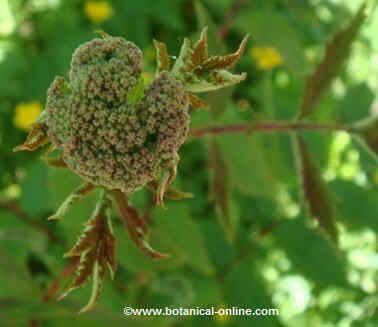
- Meadowsweet (Filipendula ulmaria) Infusion of a spoonful of dried plant in a cup of hot water, without coming to the boil to destroy not salicylic acid – Take 4 cups a day between meals.
- Mint / Peppermint (Mentha x piperita, Mentha ssp) (Wash the affected area with the liquid from the infusion of the dried plant.)
- Asphodelus cerasifer (Apply 7 times a day the recently cut fresh tuber on the affected area)
- Raspberry (Rubus idaeus) Wash the affected area with the liquid from the decoction for 15 minutes of 5 tablespoons of dried leaves per liter of water. Leave to stand for 15 minutes)
- Sage (Salvia officinalis) (Infusion of a handful of dried leaves per liter of water. Apply a compress soaked with the preparation)
- Pennyroyal (Mentha pulegium) The liquid from the decoction of 3 tablespoons of dry leaves in 250 cl of water can be applied with a gauze on the eczema to help reduce the itching, producing a sense of relief and freshness.
- Corn (Zea mays) Apply a poultice of cornmeal on eczema.
- Juniper (Juniperus communis) (Dilute 10 drops of essential oil in a glass of water. Wet a towel with the liquid and apply on the affected area)
- Red vine (Vitis vinifera) (Cut a fresh brunch and apply the fresh “branch water” to the affected area)
- Holm oak (Quercus ilex) (Make a decoction of 4 tablespoons of dried bark per liter of water. Apply a compress soaked with a liquid of this decoction on the affected area)
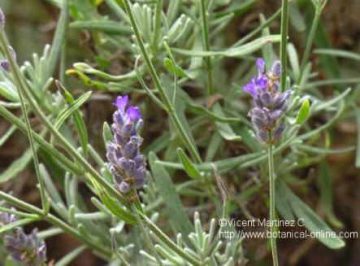
- Lavender (Lavandula officinalis, Lavandula latifolia) (wash the affected area with the liquid from the 10-minute infusion of a spoonful of dried flowers per cup of water)
- Bearberry (Arctostaphylos uva-ursi) (decoction of a handful of leaves in a liter of water for 10 minutes. Apply the resulting liquid with a gauze over the affected area.)
- Hops (Humulus lupulus) (Wet a gauze with a few drops of tincture of hops, diluted in a glass of water and apply on affected area)
- Loosestrife (Lythrum salicaria) (Decoction of a handful of dried flower tops per liter of water. Apply a compress on the affected area)
- Clover (Trifolium pratense) (Clean the affected area with the infusion of a teaspoon of dried leaves per cup of water)
- Papaya (Carica papaya) (Spread papaya juice on the affected area)
![]() More information about eczema and its natural treatment.
More information about eczema and its natural treatment.

